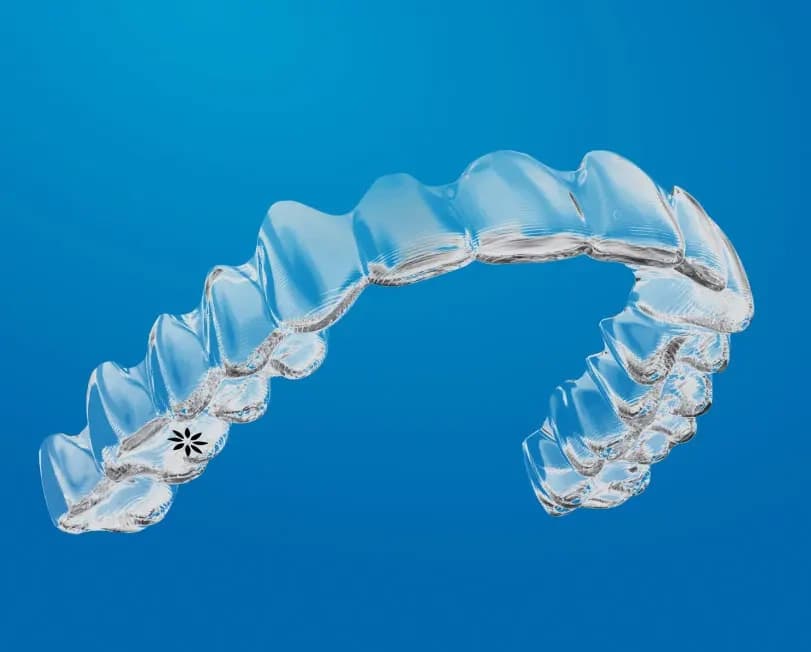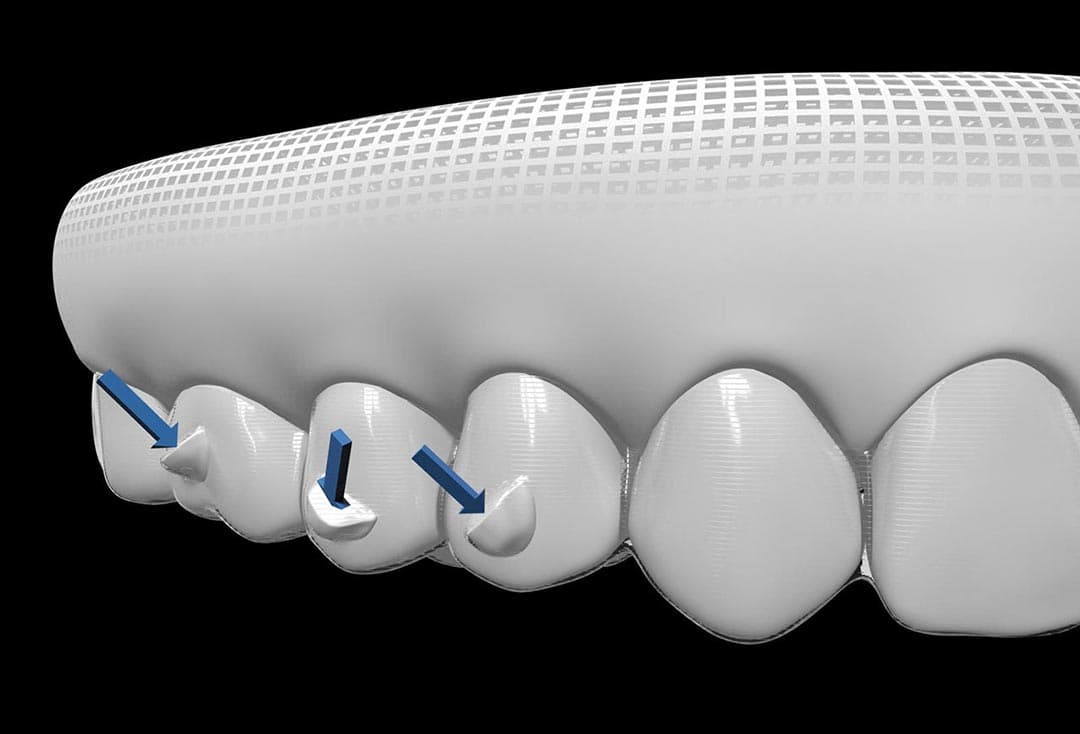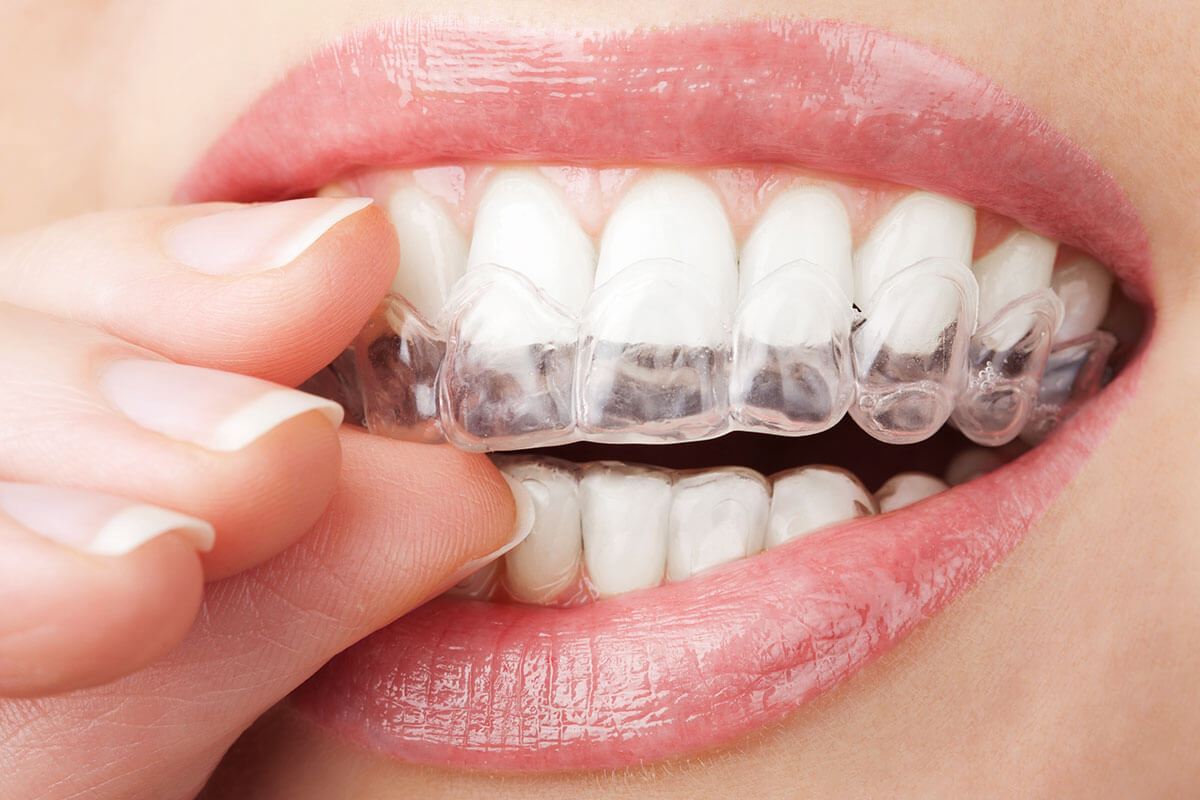The Ultimate Contrast: Invisalign vs. Traditional Dental braces for Grownups
Invisalign vs. Traditional Braces: Which Alternative Is Right for You?
When thinking about orthodontic treatment, the selection in between Invisalign and typical dental braces offers a number of crucial variables that merit mindful evaluation. Invisalign offers a very discreet alternative with detachable aligners, while standard dental braces offer an extra visible yet effective solution for extreme misalignment.
Overview of Therapy Choices

On the other hand, standard braces are composed of metal brackets and cables that are bonded to the teeth. This approach applies constant stress over time to accomplish placement. While reliable for intricate orthodontic problems, traditional dental braces require routine gos to for changes and can pose challenges in keeping oral hygiene because of the problem of cleaning around wires and brackets.
Both choices have their merits, and the option commonly depends upon details dental conditions, way of life preferences, and person conformity. Inevitably, consulting an orthodontic professional is important for determining the most suitable treatment strategy customized to individual needs. Understanding the nuances of each choice can dramatically influence the total success of orthodontic therapy.
Aesthetic Considerations
A considerable aspect affecting the selection in between Invisalign and traditional braces is the aesthetic appeal each treatment provides. Invisalign aligners are crafted from clear plastic, making them basically undetectable when put on. This very discreet look is especially interesting adults and teenagers who may really feel self-conscious about their orthodontic therapy. The capacity to preserve a natural smile throughout the positioning process can considerably improve the individual's confidence in expert and social setups.
On the other hand, typical braces consist of steel brackets and cords, which can be extra noticeable. While advancements in orthodontic technology have actually caused the development of smaller brackets and colored elastics, standard braces still maintain an even more conspicuous account. For some individuals, the visibility of dental braces may hinder them from seeking essential therapy.
Inevitably, the selection between Invisalign and conventional braces might rest on individual choices concerning visual appeals. People who prioritize discernment commonly lean toward Invisalign, while those who are much less worried concerning visibility may decide for standard braces. Comprehending the aesthetic ramifications of each alternative is important for making an educated decision that lines up with one's way of living and choices.
Comfort and Convenience

In regards to comfort, Invisalign aligners are detachable, allowing clients to enjoy their preferred foods without limitation and preserve optimal dental health. Cleaning and flossing are simplified, as the aligners can be obtained throughout these routines, whereas traditional dental braces need careful maneuvering around braces and cables.
In comparison, standard braces require regular modifications, making them less practical for those with busy timetables. Generally, the comfort and convenience of Invisalign make it an appealing option for several individuals looking for orthodontic treatment.
Therapy Duration and Performance
While both Invisalign and conventional dental braces are effective in remedying oral misalignments, the duration of therapy can vary significantly between the 2 options. Generally, Invisalign therapy can take anywhere from 12 to 18 months, depending on the intricacy of the situation. The clear aligners function by gradually moving teeth right into their desired settings, and normal follow-ups with an orthodontist help ensure progress stays on course.
In contrast, standard dental braces commonly call for a longer dedication, typically varying from 18 months to 3 years. This results from their fixed nature and using brackets and cords, which can be a lot more reliable for intricate cases and he said severe misalignments (Invisalign). The treatment efficiency of typical braces is well-documented, as they enable exact changes and greater control over tooth activity
Ultimately, the choice between Invisalign and standard dental braces may depend upon both the awaited treatment duration and the specific oral concerns at hand. Consulting with an orthodontist is crucial, as they can provide tailored referrals based upon specific demands, ensuring the chosen approach lines up with preferred durations and results.
Price Contrast and Insurance Alternatives
Price plays a substantial role in the decision-making process for people thinking about orthodontic treatment, whether selecting Invisalign or conventional braces. Usually, the expense of Invisalign arrays from $3,000 to $8,000, while standard braces usually cost in between $2,000 and $6,000. Aspects affecting these expenses include the intricacy of the situation, the period of treatment, and geographical area.
Numerous oral insurance coverage strategies offer partial insurance coverage for orthodontic treatments, but the specifics can differ extensively. Normally, typical braces may be much more frequently covered by insurance strategies contrasted to Invisalign, which some insurance firms classify as an aesthetic treatment.
Furthermore, several orthodontic methods supply adaptable layaway plan, making both treatment options extra accessible. People should ask about prospective funding options and discount rates for in advance payments. Examining the complete expense, consisting of insurance advantages and layaway plan, is vital for making a notified choice that lines up with both visual preferences and spending plan considerations.

Final Thought
In recap, the choice between Invisalign and standard dental braces rests on numerous aspects, including Your Domain Name visual preferences, comfort, treatment period, and cost. Invisalign uses a very discreet, detachable option that promotes dental health and nutritional adaptability, while traditional braces might be better for intricate oral concerns and commonly come with a lower price factor. Inevitably, appointment with an orthodontist is necessary to assess individual circumstances and establish the most appropriate therapy alternative for achieving optimum oral placement.
When considering orthodontic treatment, the option between Invisalign and standard dental braces provides a number of crucial variables that warrant cautious analysis.Comparing Invisalign and standard braces discloses unique therapy alternatives for orthodontic modification.While both Invisalign and standard braces are effective in dealing with oral misalignments, the duration of treatment can differ significantly in between the 2 options.Cost plays a significant function in the decision-making process for people considering orthodontic treatment, whether opting for Invisalign or standard dental braces.In summary, the choice between Invisalign and traditional dental braces pivots on several variables, including aesthetic choices, comfort, treatment duration, and expense.